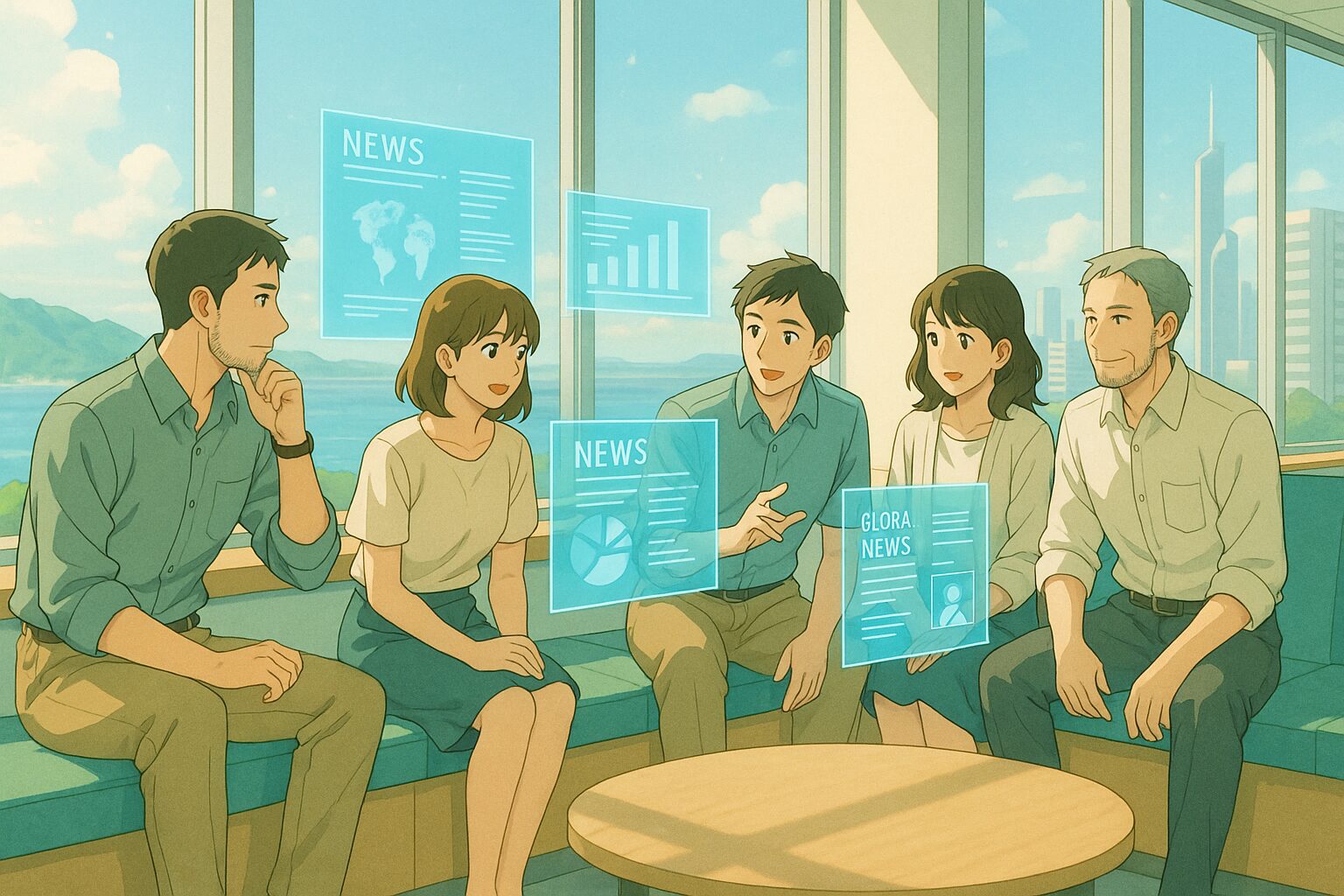What Happens to Children’s Learning When Elmo Becomes Boring?
The popular character Elmo, beloved by children, has recently been described as ‘boring,’ sparking discussions. If this trend continues, how will the future of children’s education and entertainment change? What should we reconsider to captivate children’s hearts?
1. Today’s News
Source:
https://www.fark.com/comments/13854572
Summary:
- There is a growing opinion that Elmo feels boring.
- Expectations towards characters are changing.
- New approaches are needed to attract children’s interest.
2. Thinking About the Background
Characters like Elmo are cherished by many children as educational content. However, with the evolution of the digital age, children’s interests and attention are also changing. With the proliferation of smartphones and tablets, and diverse media surrounding them, it may be natural for traditional characters to feel ‘boring.’ This change could also influence our methods of education and communication between parents and children.
3. What Will the Future Hold?
Hypothesis 1 (Neutral): A Future Where Digital Characters Become Commonplace
Characters utilizing digital technology may become mainstream in education. As interactive materials and apps increase, children may learn more freely. While this shift in educational forms could foster children’s autonomy, it may also dilute the role of characters.
Hypothesis 2 (Optimistic): A Future Where Characters Develop Significantly
Characters may incorporate AI and AR technologies, providing children with a more enjoyable learning experience. Elmo could continue to capture children’s hearts in an evolved form. As a result, education may become increasingly fun, leading to the emergence of new values.
Hypothesis 3 (Pessimistic): A Future Where Characters Fade Away
If characters cannot evolve and are consistently perceived as boring, children might shift to more stimulating alternative media. Consequently, traditional characters could be forgotten and disappear from children’s learning environments.
4. Tips on What We Can Do
Thinking Tips
- Consider what interests children from their perspective.
- Think about how to incorporate educational value in daily content.
Small Practical Tips
- Try new media together with children.
- Discuss with family and friends what characters are needed for the future of education.
5. What Would You Do?
- Would you propose new characters using digital technology?
- Would you think of ways to preserve the goodness of traditional characters?
- Would you create new content that captures children’s interests?
What kind of future do you envision? Please share with us on social media or in comments.







